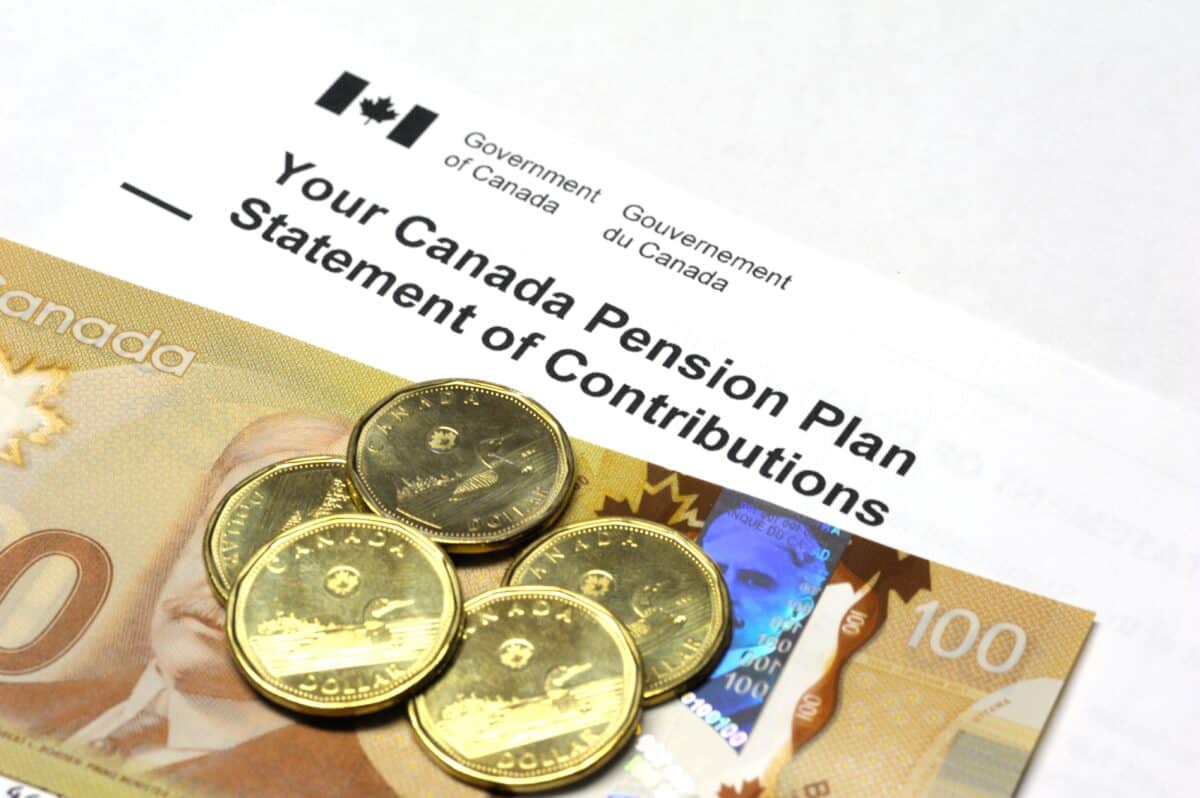The maximum CPP (Canada Pension Plan) benefit for a 65-year-old starting the payout in 2024 is $1,364.60. However, you can earn an additional 8.4% for every year the pension is delayed, increasing the maximum payout for a 70-year-old by 42% to $1,937.73.
But how can you earn the maximum CPP benefit in retirement? The CPP depends on multiple factors, such as your income during employment, the amount of the monthly contributions, and the length of these contributions.
What is the maximum pensionable earnings?
Canadian residents contribute to the CPP every month while employed. These premiums are taken from their monthly paychecks and are limited to a certain amount known as maximum pensionable earnings.
The maximum pensionable earnings threshold has increased from $47,200 in 2010 to $68,500 in 2024. So, anyone earning less than $68,500 in 2024 will pay lower premiums and will not receive the maximum CPP benefit in retirement.
Moreover, the Canadian government has increased the employee and employer contribution rate in the last five years from 4.95% to 5.95%. After adjusting for the basic exemption of $3,500, the maximum CPP contribution for employed individuals is $3,867.50, which is 5.95% of $65,000. The maximum CPP contribution amount for self-employed individuals will double to $7,735.
To be eligible for the maximum CPP payment in retirement, Canadians should earn more than the maximum pensionable earnings throughout their working lives.
However, given the rise in inflation, it is advisable to supplement the CPP payout with other income sources and lead a comfortable life in retirement. Let’s see how retirees can use quality dividend stocks to supplement their pension payments.
Hold TSX dividend stocks and earn regular income
Investing in quality dividend stocks can help you create a low-cost passive-income source and benefit from steady payouts over time. As dividends are not guaranteed, you need to identify a dividend stock with an attractive yield and the ability to maintain these payments across business cycles. Ideally, the company should increase its cash flow and earnings yearly, resulting in consistent dividend hikes and capital appreciation.
One such TSX dividend stock is Toronto-Dominion Bank (TSX:TD), which offers a tasty yield of 5.1%. Valued at $140 billion by market cap, TD Bank is among the largest banks in North America and has returned close to 700% to shareholders in the last 20 years after accounting for dividend reinvestments. Today, the TSX bank stock trades 25% below all-time highs, allowing you to buy a quality company at a discount.
The Canadian banking sector is highly regulated, allowing TD Bank to benefit from an entrenched position and stable cash flows. Additionally, TD Bank and its peers are fairly conservative, enabling them to focus on balance sheet strength rather than unsustainable growth. This business model allowed TD to maintain its dividends during the financial crash in 2009 and the COVID-19 pandemic.
Priced at 10 times forward earnings, TD Bank stock is cheap and trades at a 6% discount to consensus price target estimates. After adjusting for dividends, cumulative returns may be closer to 11%. Income-seeking investors should identify similar fundamentally strong stocks and diversify their portfolios further, lowering overall investing risk.








